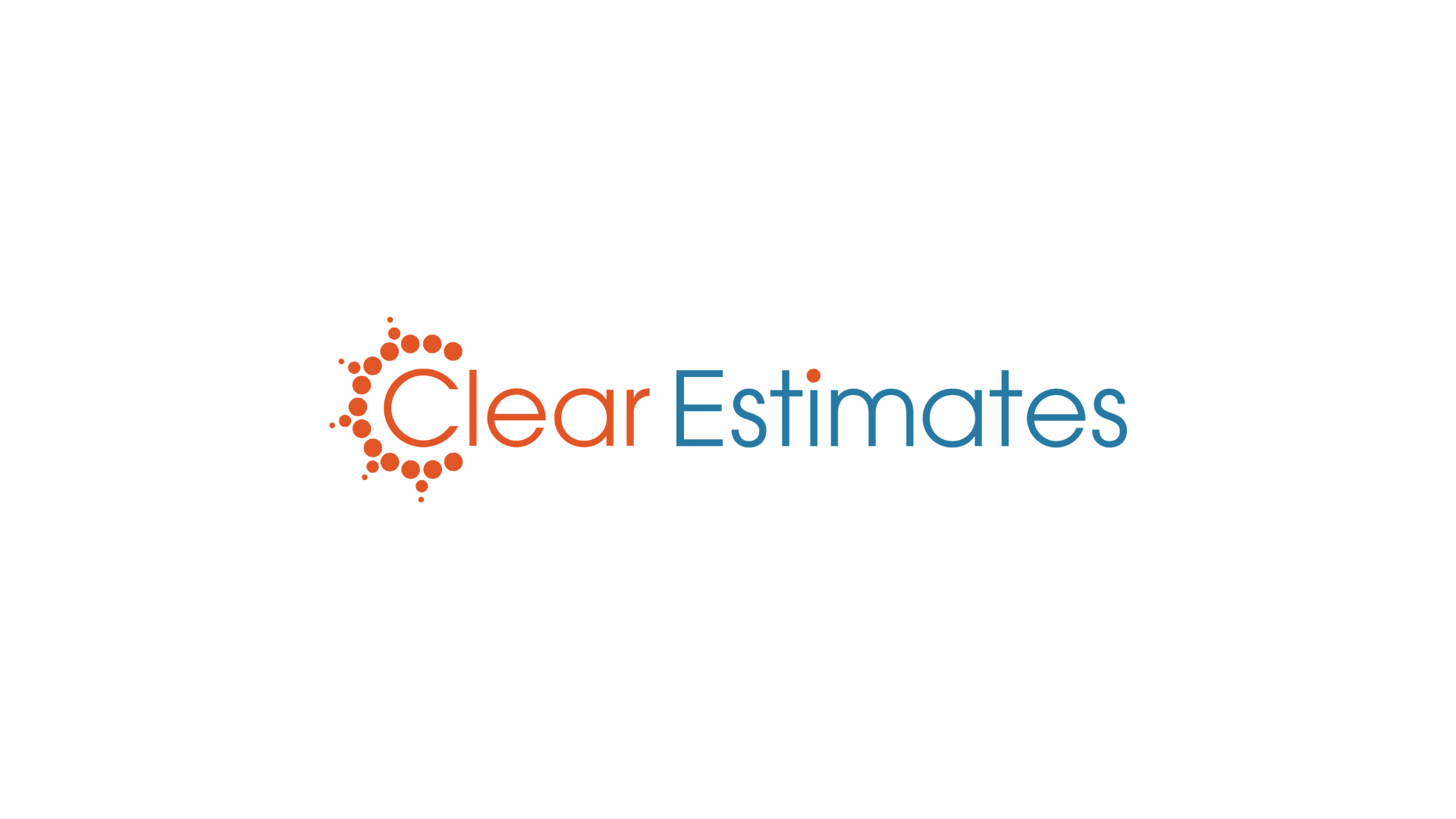
Calculating Your Markup w/Michael Stone [Webinar]
Calculating Your Markup
Presentation by Michael Stone, Owner of Markup and Profit

Thanks to everyone that joined us today. It was a fantastic presentation by Michael Stone, owner of Markup and Profit.
Michael Stone, the author of the best-selling book Markup and Profit; A Contractor’s Guide Revisited, has more than five decades of experience in the building and remodeling industry. Michael offers business management assistance to construction-related companies in the U.S. and Canada with books and training programs available on his website, as well as coaching and consulting services. He can be found on the web at www.markupandprofit.com, by email at info@markupandprofit.com or by phone at 1-360-335-1100
Deep Dive:
What happened today?
We talked about market based pricing, cost based pricing, overhead and expenses and calculating your markup!
Calculating Your Markup, Presentation by Michael Stone, Owner of Markup and Profit
What are the most common reasons a contractor’s business fails?
- Not charging enough
- Failure to use or improper change orders
- Failure to use proper contracts
- Too many employees for work produced
- Lack of profitable sales
Let’s talk about something important, what does it mean to be profitable, and to be competitive? Do the two go hand in hand? No. Being competitive is optional, and being profitable is not. If a contractor’s business is losing money, it will typically go out of business in 3-9 months, Michael says. Market Based Pricing vs Cost Based Pricing
Market Based Pricing:
- Based on sales of mass produced goods:
- Clothing, food, vehicles, books etc
- Percentage of profit based on total sales
- Sales price can be lowered and the resulting increase in sales will generate higher profit.
- Example:
- Campbells soup
- Cost to make soup $1.00, mark it up 1.3% = $1.30
- We need more revenue so we run a sale. Sales drive more people to purchase soup. You will sell more but at the price of your previous markup.
- Important notes about market based pricing:
- Will often be associated with the word FREE
- Only attracts people looking to pay very little or nothing at all
- Typically ignores the financial needs of their own company
- Feedback from customers “Your pricing is too high”
- 10/10 overhead and profit - a concept that is not acceptable
Cost Based Pricing:
- Based on the sale of an individual product
- All construction companies are cost based
- Percentage of profit based on one sale
- Sales price cannot be lowered
- If lowered, it will normally result in loss of some or all profit
- Aware of competition, and don't worry about them
- Never adjust because of competition
- Maintains high pay for employees
- Keeps advertising 24/7
- Fix fee contracts
- Knows when to say ‘No’
Setting profit and overhead expenses:
- Must be at least 8%
- Sawtooth effect if your profit is <8%
The biggest myth in construction?
- Volume go up...sales or expenses go UP
- Volume go up...overhead goes DOWN
Important Terms:
- Fixed overhead - salary, insurance, payments
- Variable overhead - gas, supplies, equipment
- The two together are total overhead
Projecting your sales volume:
- Set your own financial requirements. Do you require a salary?
- 1-4 years, /.08 (8%)
- 5+ /.10 (10%)
- Establish your projected personal income
- Divide that number by .08 to .10
- Example $150,000 /.08 = $1,875,000 in sales
- $120,000/.08 = $1,500,000 in sales
Calculate Your Markup:
- Assuming your overhead and profit are correct:
- Total sales / job costs = markup
Do your estimate:
- Labor + Material + Subs + Other = TOTAL (cost of goods sold)
Some notes on the right markup:
- New home construction
- Min - 1.26
- Max - 1.45
- Specialty Trades
- Min - 1.35
- Max - 3.5
- Remodeling
- Min - 1.5
- Max - 4
- Average - 1.25
Notes:
- Don't use variable markups!
- ONE markup across the board
- Markup should be based on your largest average job and adjusted up as jobs get smaller.
Questions:
- Is a roofing contractor a specialty trade or part of the remodeling classification?
- Roofing contractors are specialty tradesmen.
- Transparency on estimates?
- NO!
- Do not provide itemized pricing on your estimates. It only gives the customer an opportunity to scrutinize you. You know your costs and you know your markup. If the customer is not happy with it, you may need to move on.
- Don’t feel guilty about charging more than you are used to. Be confident in your worth and the work you do. If your pricing seems high to a customer after applying a proper markup, it may be time to move on to the next customer.
- Estimates for free?
- Working off a design agreement instead. This allows you to get to know the customer, what they are looking for, their budget and if they are a serious buyer. Once that is set, you can charge for different aspects of the design agreement.
- Payment Schedules?
- Down payment (up to 20%), then another payment on the first Friday, and every other Friday after that. This creates smaller, more frequent payments that help eliminate cash flow problems.
More information about Michael, he’s got a few things going on.
- His website, Markupandprofit.com.
- Many books, classes and helpful information SPECIFIC to contractors.
- Contact
- 1-888-944-0044 or 1-360-335-1100
- Email for resources
- info@markupandprofit.com
A huge thank you, again, to Michael for an amazing presentation.
Thanks for reading. We'll see you at the next webinar!


